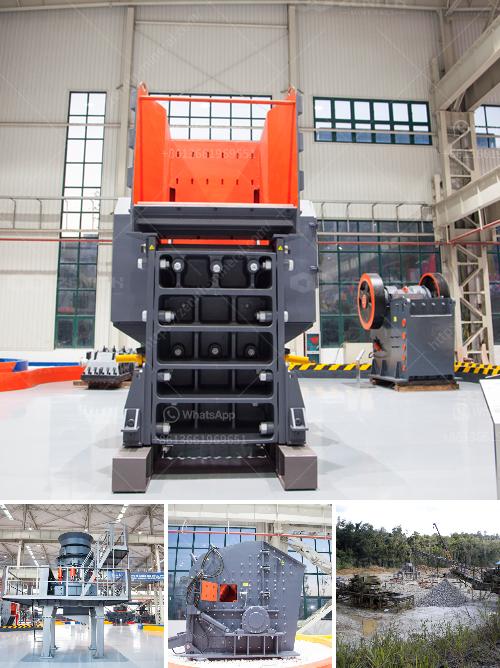The throughput of a cement grinding ball mill typically refers to the amount of material or cement that the mill can process over a given period. It is usually expressed in terms of tons per hour (tph). The throughput can vary based on several factors:
Mill Size and Design: Larger mills generally have higher throughput capacities. The design and configuration of the mill, including the diameter and length of the mill, also play a significant role.
Material Properties: The characteristics of the clinker and other materials being processed, such as hardness, moisture content, and grindability, can influence the throughput.
Feed Size: The size of the material fed into the mill affects the grinding efficiency and throughput. Smaller feed sizes typically allow for higher throughput.
Grinding Media: The size, quantity, and type of grinding media (e.g., steel balls) can impact the throughput. Optimal loading of grinding media can enhance the grinding efficiency.
Operational Parameters: Factors like mill speed, separator efficiency, and the rate of feed can be adjusted to optimize throughput. Proper control of these parameters ensures effective grinding and higher throughput.
Mill Liners: The design and condition of the mill liners can also affect the throughput. Worn or improperly designed liners can reduce the efficiency and throughput of the mill.
In general, the throughput for a typical cement grinding ball mill can range anywhere from a few tons per hour to over 500 tons per hour, depending on the factors mentioned above. For a more precise figure, specific operational data and mill details would be required.
